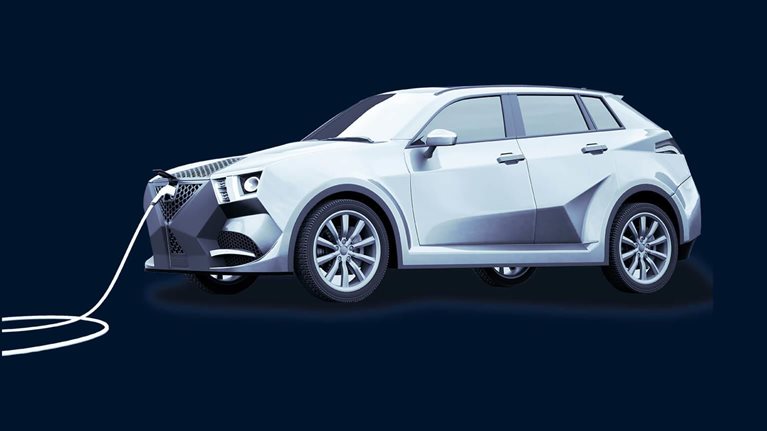In the broader context of meeting climate targets through low-emission vehicles, a critical enabler is the scaling of the infrastructure required to meet demand. This entails several key infrastructure segments—in particular, downstream EV charging infrastructure (EVCI) and the grid network to support it.
Current EV uptake in Australia is at a comparatively low rate; roughly 2 percent of car sales are battery or plug-in hybrid, compared to more than 20 percent in some European markets (and more than 80 percent in Norway). With new models on the market, rising fuel prices, and increased consumer awareness, EV uptake is expected to grow significantly in the next 10 years. Hence, considerable innovation and investment will be required from stakeholders across the value chain to provide the appropriate infrastructure to allow the EV market to thrive.
On June 22, 2022, McKinsey’s Global Infrastructure Initiative (GII) hosted a roundtable with senior leaders across the EV and EVCI ecosystem to discuss these issues and potential actions. Participants represented fleet managers, charging networks, automakers, investors, industry associations, and transport operators. The following key themes emerged:
- Australia is lagging in EV adoption, but the opportunity is vast. While just 20,000 EVs were sold in Australia last year, 3 million EVs are projected to be on the country’s roads by 2030, requiring 2.8 million charging points and AUD $18 billion (US $12.5 billion) in charging infrastructure investments. “I am optimistic that the dialogue is no longer about whether we should embrace EVs, but how we embrace them faster,” said one executive. That said, participants agreed that this opportunity will not be realised by market momentum alone; concerted, holistic action is needed.
- Sizable grid upgrades are critical to enable uptake of EVs. Across the board, participants saw cost and variability of grid interconnections as a real barrier to ensuring reliable, safe, and affordable electrification. Given the projected need for 2.8 million connection points, network expansion must be undertaken thoughtfully and with collective, cross-sector funding so they are not borne by consumers or properties in a fragmented way. Better system visibility is imperative; it will facilitate data transparency for load and capacity planning.
- The public sector could play an important orchestrating role. EVs present a timely opportunity to reimagine Australia’s transport infrastructure across the four ACES technologies: autonomous, connected, electrified, and smart. Participants consistently agreed that the public sector is well-positioned to coordinate this effort across industries that are currently siloed. For example, to enable electrification, the public sector could consider establishing national targets and incentives for EV adoption (such as fuel efficiency standards and tariff reform) or derisking grid and charging infrastructure investments.
- Define the commercial model to create an investible proposition. Participants agreed that a more robust commercial model will be essential for Australia’s EVCI to meet anticipated demand. The need for investment is clear, but there is not yet enough certainty in the investment case for underlying infrastructure to scale. “We need to shift the balance of ‘build it and they will come,’” said one executive. Beyond potential increases in EV incentives and cofinancing support, the group discussed strategies such as demand-based pricing, advertising, and colocation with retail or entertainment areas.
- Close the gap in technical labor and skills. Analysis by Infrastructure Australia in October 2021 found that by 2023, one in three (105,000) skilled positions could go unfilled across the infrastructure sector. To realize the EV opportunity, Australia will need far more skilled personnel—such as EV electricians, engineers, and planners—who can tackle the associated operational and technological challenges. This could become a major impediment observed internationally, not just in Australia.
- Broaden the range and perception of EV availability. To grow and sustain consumer demand for EVs, some participants raised specific considerations around which EVs are available in Australia—a challenge recently compounded by supply chain disruptions. One participant highlighted that the country is a right-hand-drive market, whereas manufacturers often focus on the left-hand-drive markets of the United States, most of Europe, and China. Another participant described a prevailing image of EVs as being unaffordable and “only available to higher-income car owners,” which limits mass uptake.


